Expert Tips for Green Home Improvements: Boost Renewable Energy Solutions
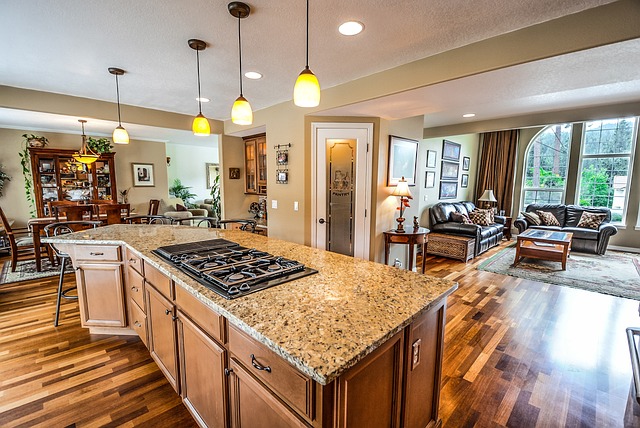
Assess home energy usage through utility bills, identify waste, and research renewable options like…….
The concept of Eco-Friendly Home Improvement has gained prominence as the global community increasingly recognizes the importance of sustainable living. This comprehensive article delves into the multifaceted aspects of eco-friendly home improvement, exploring its significance, the impact on the environment and economy, technological advancements, policy frameworks, and challenges. Readers will gain valuable insights into how they can contribute to a greener future through their own homes, while also understanding the broader implications of these improvements.
Eco-Friendly Home Improvement encompasses various practices aimed at making homes more energy-efficient, environmentally sustainable, and healthier for occupants. It involves retrofitting existing structures with green technologies and materials, as well as incorporating design principles that minimize the ecological footprint of a home. The core components include:
Historically, the movement towards eco-friendly homes has evolved from a niche interest to a mainstream concern, reflecting changing societal values and the urgent need for sustainable living practices in the face of climate change.
The global impact of Eco-Friendly Home Improvement is profound, with trends indicating a significant shift towards more sustainable living practices. Key trends include:
For instance, the United States, Europe, and China are leading in green building certifications, while countries like India are rapidly adopting these practices due to their high potential for energy savings.
Eco-Friendly Home Improvement presents a unique economic dynamic, where initial investments can lead to long-term cost savings through reduced utility bills and increased property values. Market dynamics are shaped by:
Eco-Friendly Home Improvement is not just an environmental imperative but also an economic opportunity, contributing to job creation in the green construction sector and fostering innovation in sustainable technologies.
Advancements in technology have significantly enhanced the capabilities and effectiveness of Eco-Friendly Home Improvement. Notable advancements include:
Future potential includes the integration of artificial intelligence for optimizing energy use and the development of self-sustaining homes that generate all their own energy and recycle water.
Policies and regulations play a crucial role in shaping the landscape of Eco-Friendly Home Improvement. Key policies include:
Legislative frameworks, such as the International Green Construction Code, provide a foundation for harmonizing practices globally and ensuring that eco-friendly improvements are not only adopted but also standardized across regions.
Despite its numerous benefits, Eco-Friendly Home Improvement faces several challenges:
To overcome these issues, stakeholders can:
Several case studies exemplify the successful implementation of Eco-Friendly Home Improvement:
These examples serve as models for what can be achieved when innovative design, technology, and policy come together.
Eco-Friendly Home Improvement is a multifaceted approach to creating sustainable, healthy, and energy-efficient homes. Its global impact is significant, with trends indicating a growing commitment to sustainability. Economic considerations, technological advancements, and policy frameworks all play pivotal roles in its development and widespread adoption. Despite challenges, the potential for Eco-Friendly Home Improvement to mitigate climate change and improve living standards is immense.
FAQ Section
Q: How can homeowners afford eco-friendly upgrades?
A: Homeowners can take advantage of government incentives, rebates, and tax credits designed to offset the costs of green renovations. Additionally, green mortgages or refinancing options with lower interest rates for energy-efficient homes can make investments more affordable.
Q: What are some simple eco-friendly home improvements?
A: Simple improvements include replacing incandescent bulbs with LED lighting, installing low-flow showerheads, using programmable thermostats, and ensuring proper insulation in walls and attics.
Q: Can new homes be built to be environmentally friendly?
A: Yes, new homes can be designed and constructed with sustainability in mind, incorporating green materials, energy-efficient appliances, renewable energy systems, and water conservation features from the outset.
Q: How do smart home technologies contribute to eco-friendly living?
A: Smart home technologies enable homeowners to monitor and manage their resource consumption more effectively, reducing waste and optimizing energy and water usage, which in turn leads to lower utility bills and a smaller carbon footprint.

Assess home energy usage through utility bills, identify waste, and research renewable options like…….

In an era focused on sustainability, water-saving home fixtures like low-flow showerheads and dual-f…….
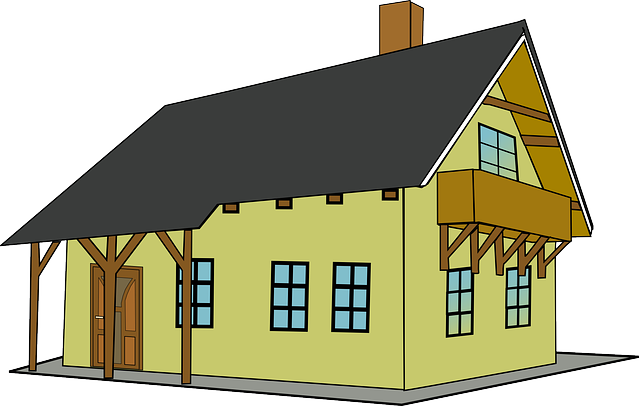
Green roofing is an innovative, sustainable home design approach using plants and organic elements t…….

Green home improvements, or environmentally friendly remodeling, go beyond aesthetics to significant…….

Adopting eco-friendly home upgrades, especially energy-efficient heating and cooling systems like he…….
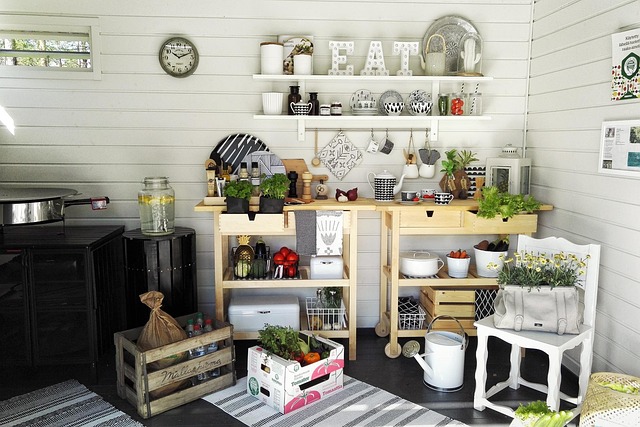
“Embrace a greener future with solar energy installations, a powerful tool for sustainable living. A…….

Adopting renewable energy solutions like solar panels, wind turbines, or geothermal systems is a pow…….
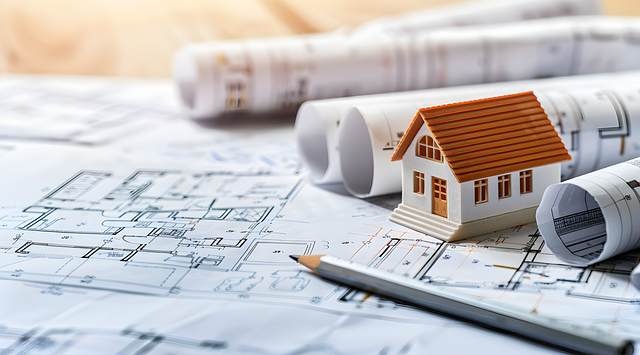
Insulation is a key component in creating an energy-efficient home, regulating temperatures, reducin…….
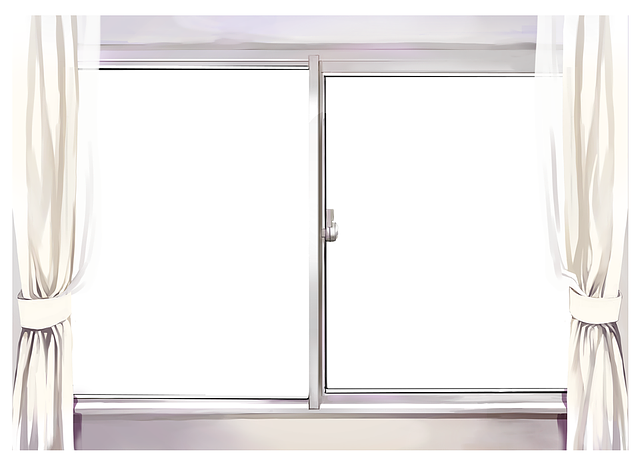
In an environmentally conscious era, the demand for eco-friendly heating and cooling systems is high…….

Using recycled and upcycled materials for green renovations offers environmental and economic benefi…….